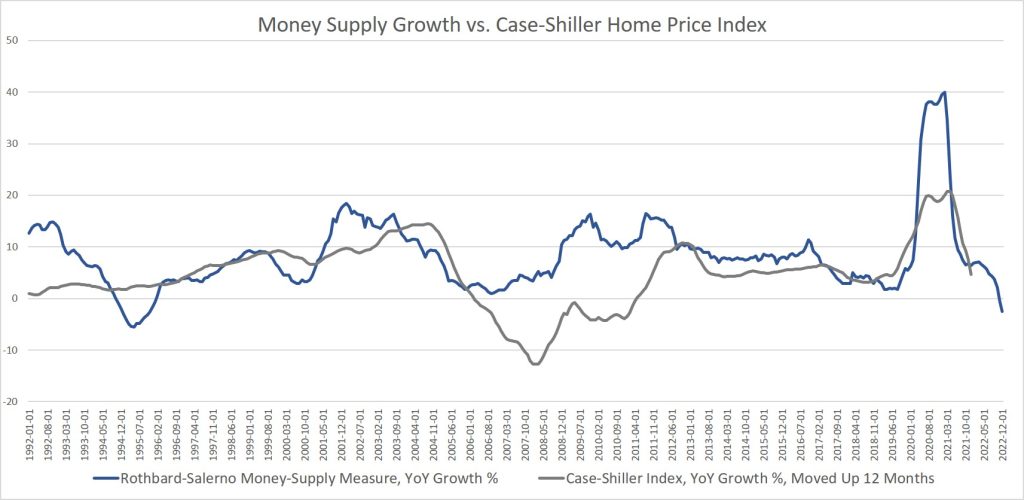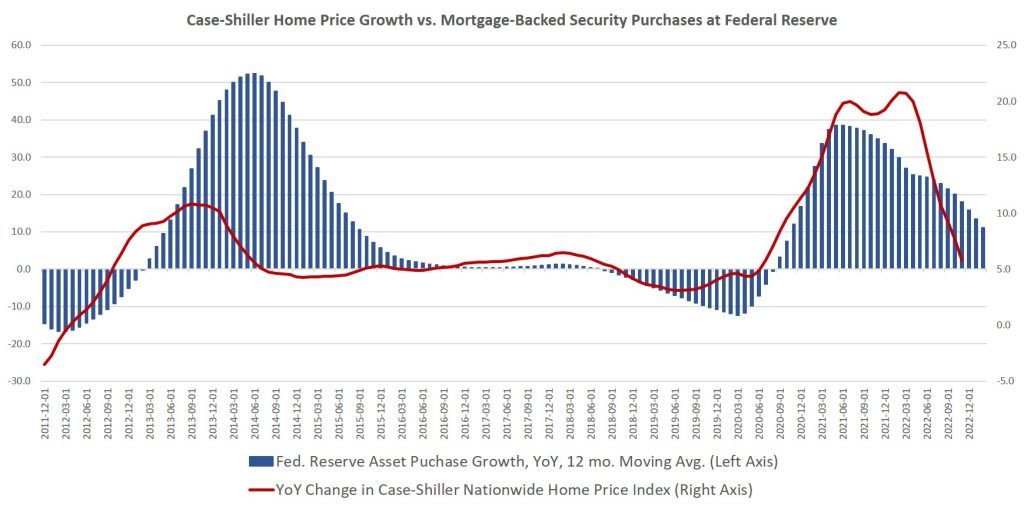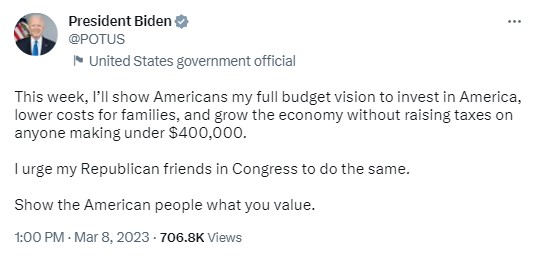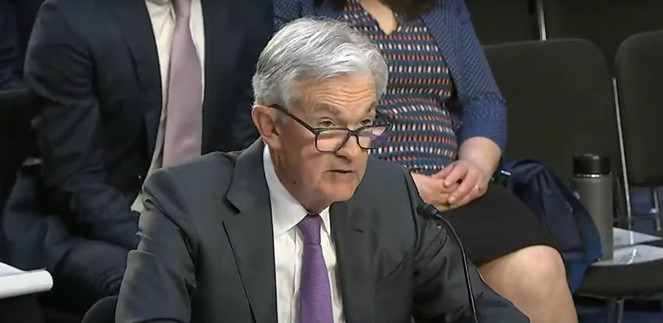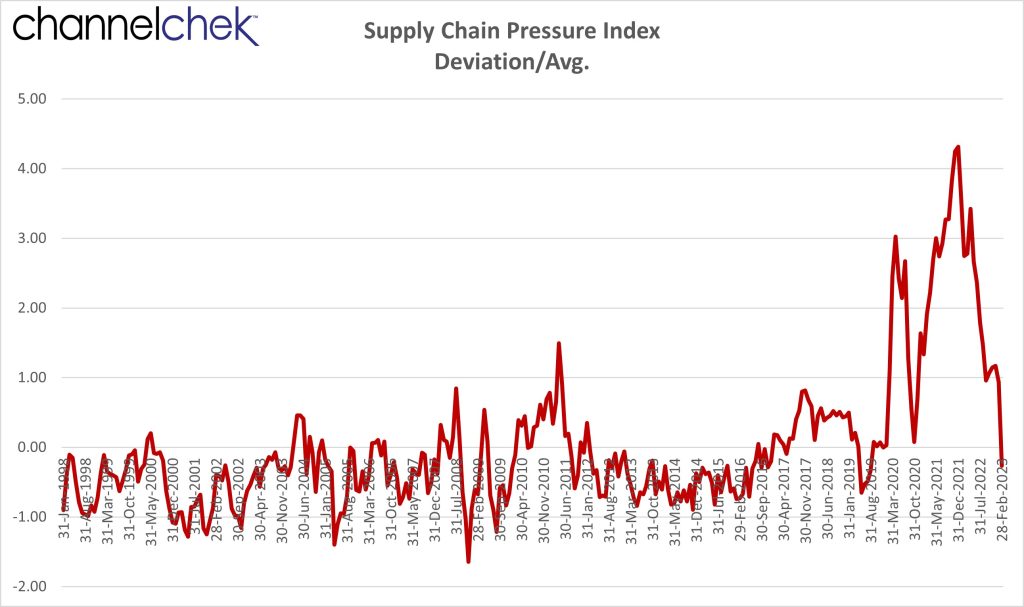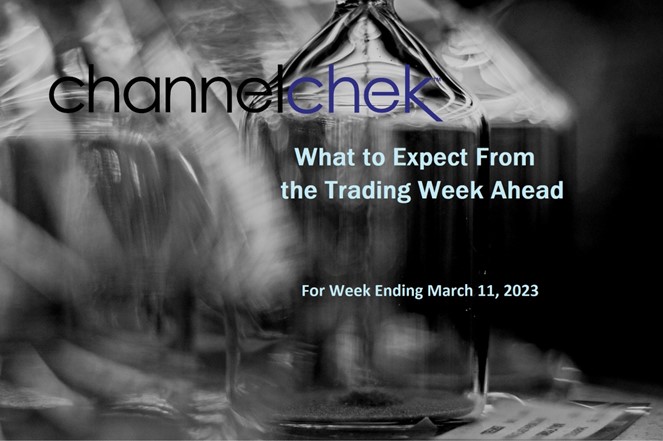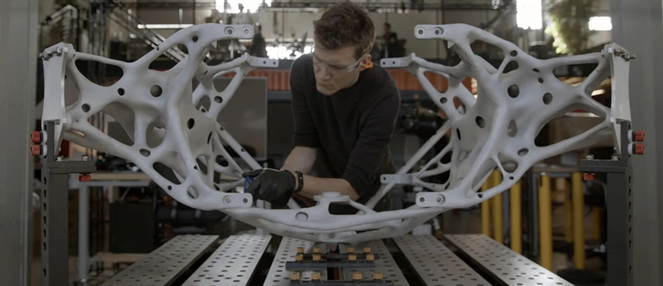
The SVB Loss Demonstrates A Risk Investors Should Pay Attention To
Individual investors and even some institutional money managers are reminded of a helpful truth from the Silicon Valley Bank (SVB) balance sheet problem. The reminder of the investment risk stands in conflict with what many top firms have been recommending to investors. So it should be revisited because, unlike banks, individuals and wealth managers tend to have a wider variety of places to look for return.
Bank balance sheet management is tricky. I say this with some credibility. In August of 2008, I accepted a role as the Treasurer of a mid-sized bank just two weeks before Freddie Mac and Fannie Mae were placed into conservatorship, and three weeks before Lehman filed for bankruptcy. I was responsible for quickly finding solutions for a big potential balance sheet problem. It was a problem similar to SVB’s. Depositors at the bank were taking money out at a faster pace than bank investments, including loans cashflows, could cover. Money that had not been committed to loans were invested in low-risk investment-grade fixed-income securities. It was nerve-racking, at one point, I calculated if any two of the largest ten customers withdrew all of their funds, the bank would not have the ability to cover the withdrawal. The pain that SVB is faced with is not dissimilar.
SVB is a bank that serves many fledgling companies during a period when capital and investment in start-ups have weakened from the days of easier money just a couple of years ago. Banks make money by borrowing short from customers (demand deposits, checking, and CDs) and then lend long, presumably at a higher rate. Here they make the spread that a typical upward-sloping yield curve provides. The main risk is in maturity. What happens if your longer-term loans were made at Fed Funds plus 2.50% two years ago when average deposit costs were 0.20%, since today Fed Funds are 4.50%? Your loans are paying the bank less than the bank’s cost to fund them with short deposits. This is a risk that all banks manage – balance sheet risk.
As deposits ran off at SVB because of business conditions in Silicon Valley, the bank turned to its investment portfolio to fund withdrawals. Securities in a US bank portfolio, when purchased, are designated at the custodian, by the Treasurer, either “Trading” which in this department of the bank is rare, “Available for Sale,” which provides the treasury department the ability to sell if need be, but also requires the assets to be priced at market (this impacts the banks valuation), or “Hold to Maturity” where the fixed income securities appear on the balance sheet at cost.
If the securities are designated at purchase “Hold to Maturity” and the bank finds itself needing to sell any “Hold to Maturity” security, all securities marked “Hold to Maturity” become what regulators call tainted. The entire portfolio also becomes designated “Available for Sale.” This decision could dramatically reduce the bank’s book value in cases when interest rates have risen and bond values have dropped.
In the case of SVB, its securities portfolio, designed to earn more than deposits, was marked “Available for Sale.” When they sold, the market values were in such a lower position, from just a year earlier, that they recognized a dramatic loss. A $1.8 billion dollar loss which prompted its shares to lose more than half their market price.
Self-Directed Investors and Money Managers Should Note
The SVB explanation above, wernt a long way to remind that bonds, including US Treasury Notes have prices that rise and fall. They are different than equities, but price risk is real, and the $1.8 billion loss SVB recognized is front page proof. But since the beginning of the year many top-tier investment firms have recommended investors increase these fixed income investments and capture the new higher yields. Some even suggested ETFs in mortgaged-backed securities (MBS) or emerging markets (EM).
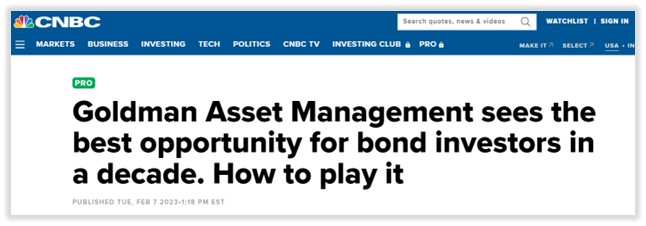
Bond prices fall as rates rise. The Chair of the Federal Reserve, the same person that had orchestrated near zero rates, has clearly stated that the Fed will continue orchestrating higher rates. So while the stock market has been unattractive over the past 14 months, so have bonds. The difference, of course, is that bond math is absolute. As rates rise, the present value of any fixed-income security is calculated by the future value of future cash flow – this more or less determines the bonds price movement. For example, if an investor buys a bond that yields 3%, and later rates go to 6% for the same maturity, the present value is about halved. This is a plausible scenario currently, with inflation near 6%.
Stock indexes have taken a beating over the past 14 months, just like bonds. The difference is rising rates sink all bonds. It doesn’t sink all stocks.
So while the S&P 500 is down 17% since January 1, 2022, and the Russell 2000 small-cap index is down 20%, one doesn’t even have to get out of the A’s to find AT&T (T) is up 4.15% in the same period, and Canadian Company Alvopetro (ALVOF) is up 43.6%). You won’t find this type of disparity in performance or direction on the fixed-income side. US Treasuries were down 10.5% for the period.
So from one perspective, stock selection may provide potential upside, whereas rising rates could mathematically sink all bond portfolio holdings.
Take Away
Silicon Valley Bank is in a unique situation as its customer base is not very diversified. The challenges they face may be similar to other banks, but this does not appear indicative of the whole sector based on recent stress tests. Banks are restricted in what they can invest in, with rates having risen, and promised to rise more, fixed-income holdings are at a loss in many portfolios, SVB’s need to raise cash caused them to recognize what was already a market loss.
Investors, however, can take a lesson from the loss the bank took. While I have seen articles this year suggesting capitalizing on higher interest rates, the ten-year US Treasury Note is well below its historical average (40-yr. avg.+5.17% vs 3.73% today). And rates are not even returning a real rate of return relative to current and expected inflation. This would indicate a period of likely market losses on bond holdings put on today.
A Stock, or portfolio of stocks, of course, may also present losses, but the odds that any particular stock, or even an index, would seem less certain than bonds.
Managing Editor, Channelchek
Sources
https://www.investopedia.com/articles/economics/09/lehman-brothers-collapse.asp
https://app.koyfin.com/share/c85b10bfc6
https://www.federalreserve.gov/supervisionreg/dfa-stress-tests-2022.htm

